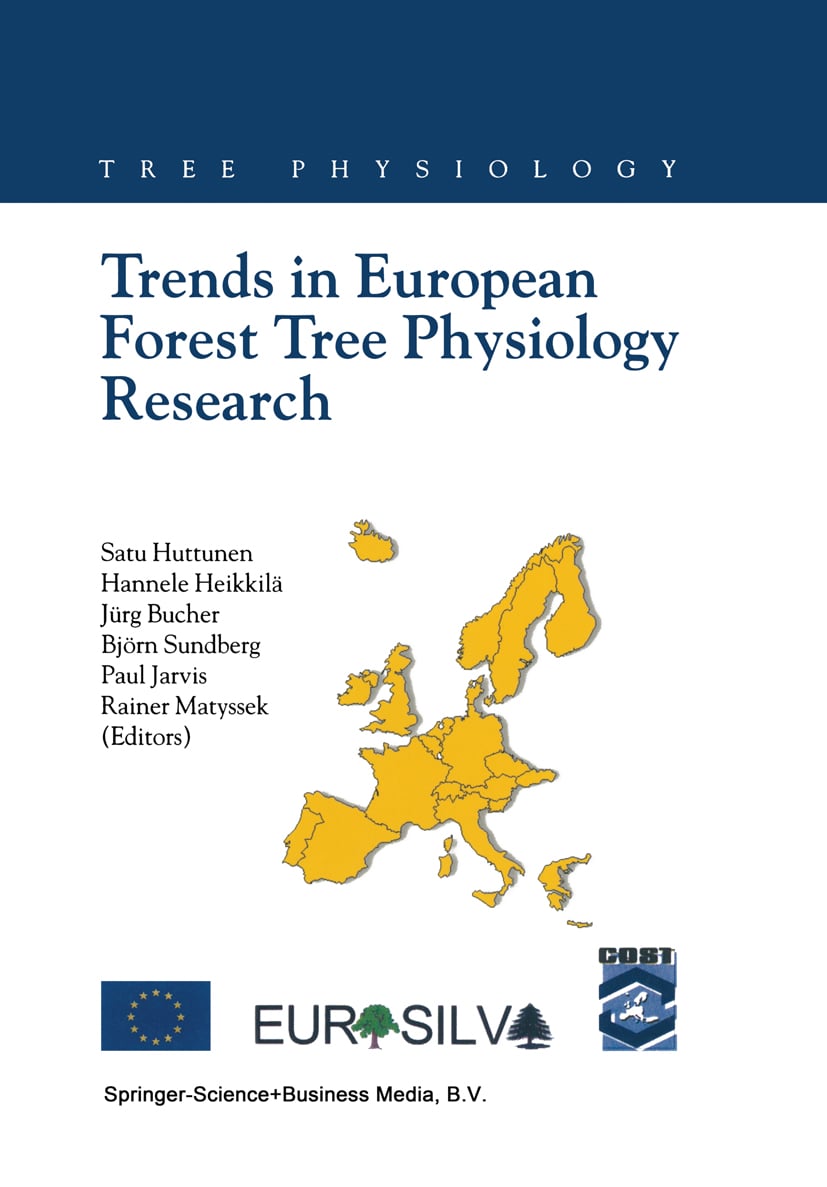Trends in European Forest Tree Physiology Research
Trends in European Forest Tree Physiology Research
The increasing con'. ;ern for the serious problems of forest decline that occurred in the Northern Hemisphere in the late 1970's and early 1980 's led to an emphasis on the necessity of promoting and setting up investigations into the basic physiolog...
Read more
The increasing con'. ;ern for the serious problems of forest decline that occurred in the Northern Hemisphere in the late 1970's and early 1980 's led to an emphasis on the necessity of promoting and setting up investigations into the basic physiological mechanisms of forest trees. Since then, the concern about rapid changes has decreased along with the increase of monitored data on European forests health status. But tree physiology has faced new questions about changing climate and increasing atmospheric carbon dioxide concentrations. Advances in plant molecular biology and forest genetics have opened up new avenues in the research on forest tree physiology. At the same, time it has become evident that molecular and genetic tools give only a basis for further research on tree structure and function, which needs basic tree physiology again. On the other hand, the problems of forest decline in Europe are not over. They are no longer discussed daily in the media, but stress is an everyday phenomenon experienced by European forest trees. For instance, in southern Europe and mountainous regions, drought stress and many other abiotic or biotic factors are stressors and cause problems to forests with many important social and protective functions. Stress physiology is a branch of everyday physiology in traditional forestry. How to grow a forest with maximal carbon binding functions and optimal wood quality and rich in biodiversity.
Less






















.jpg)






